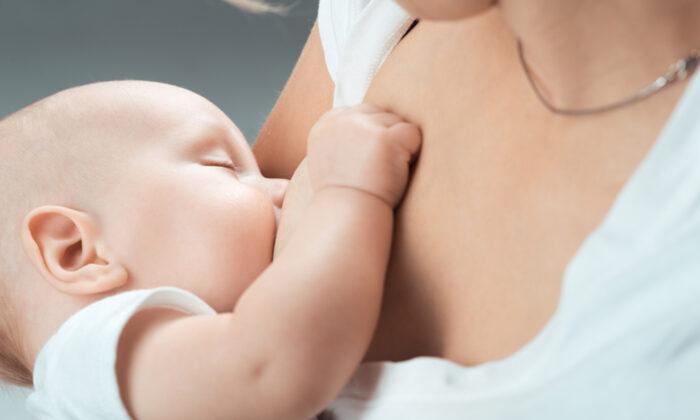You may have heard that breast milk is best. But what makes it so good for babies? Breast milk fills your baby’s health needs. Researchers are now learning more about what’s in it and how it changes as babies grow.
“Breastfeeding is the gold standard for feeding infants,” says Dr. Dan Raiten, an NIH expert on childhood nutrition. Human milk provides nutrients and other compounds that babies need to grow and develop. These include proteins, fats, carbohydrates, vitamins, and minerals.
Experts recommend that infants drink human milk exclusively for the first six months of life. If possible, they should continue drinking human milk, from the breast or that’s been pumped and placed in a bottle, for up to 12 months. Parents can add in other foods starting around six months.
Breastfeeding (sometimes called chestfeeding) lowers an infant’s risk for developing asthma, obesity, type 1 diabetes, ear infections, gut infections that cause diarrhea or vomiting, and sudden infant death syndrome (SIDS). It also benefits the mother, potentially lowering her risk of high blood pressure, type 2 diabetes, ovarian cancer, and breast cancer. It helps the parent-infant bonding process, too.
Breast milk contains many other biologically active components, too. “Human milk is not just a composite of individual components,” Raiten says. “It’s an active biological system.” The lactating (milk-producing) parent and infant interact and affect one another. That means what’s in human milk can change, even over the course of the day.
Take the molecules that regulate your body’s biological clocks, or circadian clocks. Your body has different amounts of these depending on the time of day. They signal when it’s time to wake, eat, and sleep. These are passed along to the baby through breast milk.
Researchers are just beginning to understand how milk composition affects babies’ short-term and long-term health. To learn more, NIH started the BEGIN project. This project is trying to untangle the biology behind milk production, how milk affects babies’ development, and how babies and their environment influence this system.
Some lactating parents don’t produce enough milk or may have physical issues that block milk from coming out. Others may be advised against breastfeeding if they’re taking certain medications or drugs or when they have certain illnesses.
For those who can’t breastfeed, formula is an option. “Formula is based on our best knowledge about the composition of human milk,” Raiten says. And that knowledge continues to evolve.
Getting Started Breastfeeding
- Cuddle with your baby skin-to-skin right after giving birth if you are both healthy.
- Breastfeed as soon as possible after giving birth.
- Ask for a lactation consultant at the hospital to help you.
- Ask hospital staff not to give your baby pacifiers, sugar water, or formula, unless medically necessary.
- Let your baby stay in your hospital room all day and night so that you can breastfeed often.
- Try not to give your baby any pacifiers or artificial nipples until they’re good at latching on to the breast (usually 3 to 4 weeks old).
- Learn your baby’s hunger signs. They may become more alert and active. They may put their hands or fists to their mouth, make sucking motions, look around for the breast, or cry.





